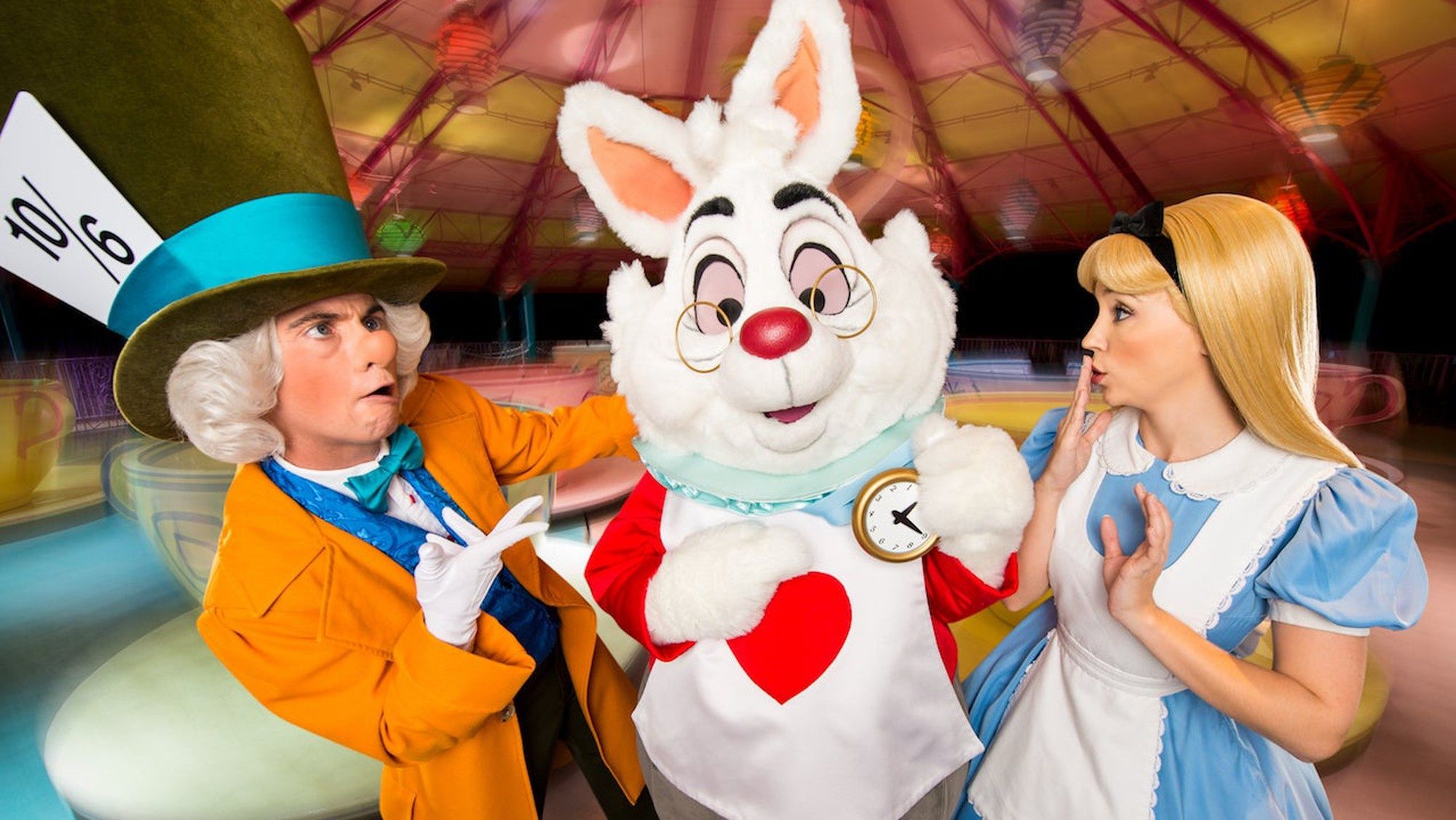Investors had been feeling fear and trepidation going into Disney's (DIS 0.11%) earnings report on Thursday. They were concerned that declining visitors at its theme parks and several disappointing performances at the box office would weigh on Disney's quarterly results.
Those fears turned out to be unfounded, and the House of Mouse delivered earnings magic in advance of the debut of the Disney+ streaming service on Nov. 12. Let's review what led to the strong performance and what to expect when Disney's new subscription service bursts on the scene next week.

Image source: Author.
The Lion King roars
Disney reported revenue of $19.1 billion, up 34% year over year, edging past analysts' consensus estimates of $19.04 billion. The company also delivered non-GAAP (adjusted) earnings per share of $1.07, blowing past expectations of $0.95.
Each of the company's major business segments contributed to its quarterly success.
Media networks revenue grew 22% year over year to $6.5 billion, though operating income of $1.78 billion declined by 3%. The results were driven by cable networks revenue, which grew by 20%, and broadcasting revenue, which increased by 26%, partially as a result of higher affiliate revenue growth. The bottom line was stung by higher costs at ESPN, as well as rate increases for National Football League (NFL), college sports, and Major League Baseball (MLB) programming.
The parks, experiences, and products segment's revenue climbed to $6.65 billion, up 8% year over year, while operating income climbed 17% to $1.38 billion. Disney saw increases in merchandise licensing related to films like Toy Story 4 and the upcoming Frozen 2. Growth at Disneyland was the result of increased guest spending, though attendance was lower. Higher ticket prices and additional spending on food, beverages, and merchandise helped fuel the gains. Despite the impact of Hurricane Dorian, results from Walt Disney World were comparable to last year's.
One of the biggest contributors to Disney's fortunes this quarter was the studio entertainment segment, as revenue grew 52% year over year (no, that's not a typo) to $3.31 billion on the success of The Lion King, Toy Story 4, and Aladdin. At the same time, operating income soared 79% to $1.08 billion. The Lion King -- a remake of the 1994 animated classic -- was the fifth Disney film this year to generate more than $1 billion in worldwide box office. The other four were Avengers: Endgame, Toy Story 4, Captain Marvel, and Aladdin.
Revenue from the direct-to-consumer & international segment grew more than four times compared to the year-ago quarter to $3.4 billion as a result of the consolidation of Hulu into the company's results. Losses at the segment more than doubled to $740 million, primarily due to the upcoming launch of Disney+.
A peek behind the curtain
One of the biggest subjects on the minds of investors is the debut of Disney+, the company's upcoming streaming service, set to launch on Nov. 12. During the conference call, CEO Bob Iger reported that the company had tested the platform over the past two months in the Netherlands. Dutch consumers were given free access to "a curated collection of library content."
Iger said Disney was "very pleased with the results," finding the platform reliable and technically sound. More importantly, Disney-philes seemed to love the service. Here's how Iger described it:
The user feedback has been extremely positive with praise for the elegance and ease of the interface and the quality of the overall experience. ... Even without access to our full library or any original content, the service connected with users across all four quadrants, male and female, adults and kids, driven by the breadth of our content and the affinity people of all ages have for it.
A survey in the Netherlands conducted in early October found the preview had attracted viewers in 8% of Dutch homes, according to independent research company Telecompaper. A follow-up survey released on Friday reported that 9% of households in the Netherlands -- representing roughly 660,000 homes -- signed up for the free test subscription. This seems to support Iger's comments regarding the success of the test run.
Investor takeaway
Disney is in the midst of a multiyear revamp after its stock stagnated for nearly three years. As with any consumer discretionary stock, there will be peaks and valleys, but Disney has been making all the right moves to position itself for ongoing success for decades to come.






